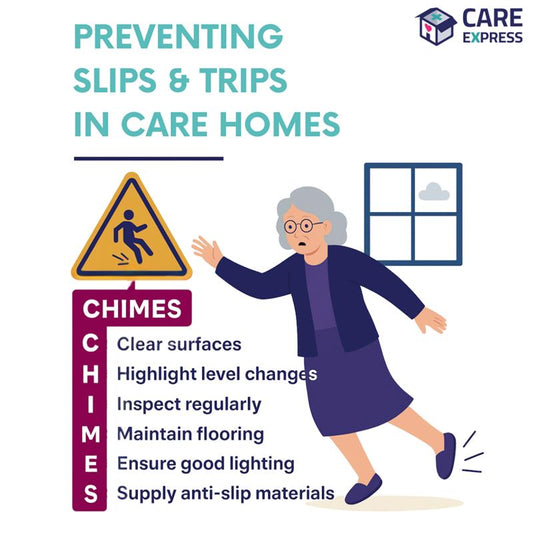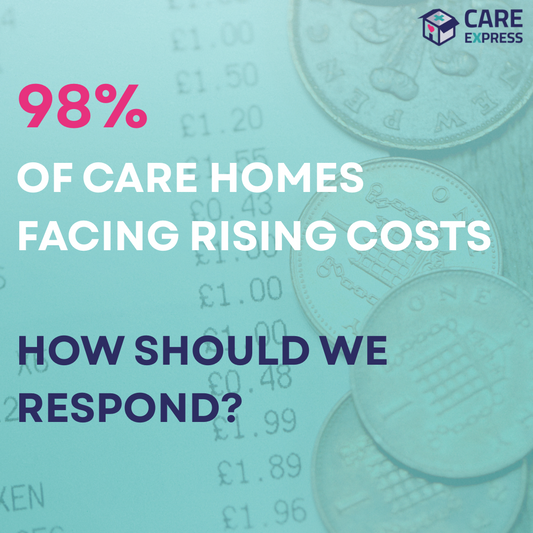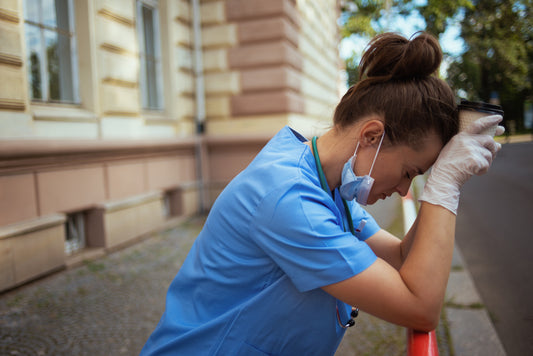Effective Strategies for Achieving Cleanliness in Care Homes
The Importance of Cleanliness in Care Homes
How Infections Spread in Care Homes:
Infections in care homes can originate from various sources, including visitors, staff, contaminated equipment, or even the residents themselves.
The challenges associated with cleanliness in care homes include:
- High Risk of Infections: Close living quarters and communal areas increase the risk of infectious diseases spreading among residents and staff, posing a significant threat to public health.
- Vulnerable Population: Residents in care homes often have weakened immune systems due to age or underlying medical conditions, making them more susceptible to infections and complications.
- Staff Workload: Caregivers already have demanding responsibilities, and maintaining cleanliness adds to their workload, potentially leading to burnout and compromised care quality.
- Regulatory Standards: Adherence to stringent cleanliness regulations is essential for care homes to maintain their licenses and uphold their reputation, yet achieving compliance can be challenging amidst other operational priorities.
Strategies to Eliminate Infections:
Effective infection control requires a multi-faceted approach. Here are key strategies that care homes can implement:
-
Implement Regular Cleaning Protocols
-
To achieve and maintain cleanliness in care homes, it is crucial to have well-defined and consistent cleaning protocols. These protocols should outline the frequency and methods for cleaning different areas within the care home, including resident rooms, common areas, bathrooms, and dining areas.
- Provide thorough training to staff members on proper cleaning techniques, product usage, and the importance of adherence to protocols to ensure consistency and effectiveness.
-
-
Utilize Effective Cleaning Products and Equipment
- Care homes should invest in high-quality cleaning products that are specifically designed for healthcare facilities. These products should be capable of effectively killing germs and bacteria without causing harm to the residents or staff members.
- Care homes should also ensure that they have the necessary equipment for thorough cleaning. This includes vacuum cleaners, mops, microfiber cloths, and other tools that are essential for maintaining a clean environment. Regular maintenance and replacement of equipment should also be prioritized to ensure their effectiveness.
-
Implement Regular Inspections:
- Conduct routine inspections by designated staff or external auditors to assess the cleanliness of facilities and identify areas that require attention or improvement.
- Establish corrective action plans to address any issues or deficiencies identified during inspections promptly, ensuring continuous improvement and compliance.
- Utilize digital inspection tools or checklist apps to streamline the inspection process, capture real-time data, and facilitate documentation and reporting for accountability and transparency.
-
Train Staff on Proper Hygiene Practices
- Proper hygiene practices are essential for maintaining cleanliness in care homes. It is important for care home staff to receive comprehensive training on hygiene protocols and practices. This includes proper handwashing techniques, using personal protective equipment (PPE) when necessary, and following infection control guidelines.
- Training should also include education on the importance of cleanliness and its impact on the health and well-being of residents. By ensuring that all staff members are well-trained and knowledgeable in proper hygiene practices, care homes can create a culture of cleanliness and ensure that cleanliness standards are consistently met.
-
Implement Robust Visitor Policies
- Establish clear protocols for visitors, including health screenings upon entry, mandatory use of PPE, and limiting visitation during outbreak periods.
- Visitor logs should be meticulously maintained to facilitate contact tracing if necessary.
-
Enhance Ventilation Systems
- Improve air quality and reduce the risk of airborne transmission by upgrading HVAC systems, using HEPA filters.
- Ensure regular maintenance and inspections are conducted to keep these systems functioning optimally.
-
Utilize Innovative Technologies
- Embrace the use of innovative cleaning technologies and equipment, such as UV-C disinfection systems, automated cleaning robots, and sensor-based monitoring devices, to enhance efficiency, efficacy, and safety.
- Explore the integration of smart facility management systems that utilize IoT (Internet of Things) technology to monitor cleanliness metrics, track inventory levels, and automate routine tasks, enabling proactive maintenance and resource optimization.
-
Collaborate with External Partners:
- Collaborate with external partners, such as infection control experts, environmental health professionals, and industry associations, to access specialized knowledge, resources, and best practices in hygiene management.
- Participate in industry forums, conferences, and training events to stay informed about emerging trends, regulatory updates, and innovative solutions in healthcare cleaning and infection prevention.
Conclusion:
In conclusion, the importance of cleanliness in care homes cannot be overstated. It is not merely a matter of aesthetics but a fundamental element in safeguarding the health, dignity, and quality of life of residents and staff. By implementing robust cleanliness protocols, utilizing quality products, fostering a culture of cleanliness, embracing innovative technologies, and collaborating with external partners, care homes can create environments that promote health, happiness, and peace of mind for all stakeholders.








